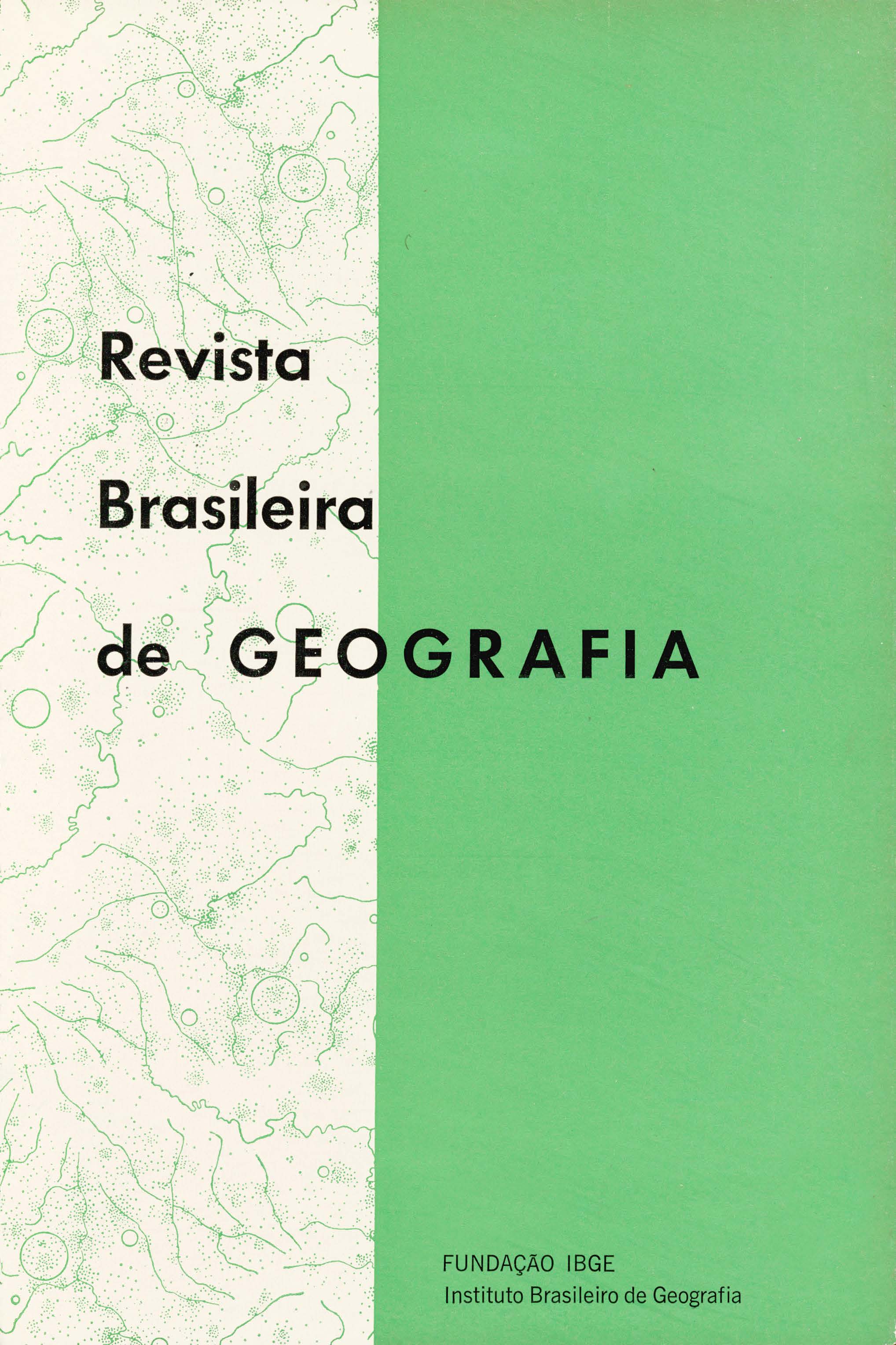Grandes regiões e tipos de agricultura no Brasil
Palavras-chave:
Geografia quantitativa, Geografia agrícola, AgriculturaResumo
This paper is a contribution to the problem of the Brazilian microregions concerning its aggregation in larger units, through the utilization of quantitative methods and factor analysis. It was worked out in cooperation with the "Departamento de Geografia da Fundação IBGE", which accomplished the tables for basic matrices of 360 microregions, with 70 variants of production, production value, cultivated area and percentages.
The analysis sequence was originated from four factor analysis of 360 microregions, with their respective correlation and factor matrices, 12 and 12 factors of value and amount of production analysis, and 10 and 10 matrix factors of area and culture percentage, totalizing 44 factors in the referred four analysis.
It was performed a complementary analysis from the four matrices of factors and was grouped from it, in form of diagram, the factors which presented correlations upper than 0.50. The microregions were grouped into eight great categories. which had its origin in that diagram. Finally it was made a grouping of sub regions, excluding those that had characteristics of urban or mining activities, thus forming a typology of agricultural regions.
The analysis result was compared with the division in agricultural regions from the "Departamento de Geografia", having as consequence some similarities and some differences.






